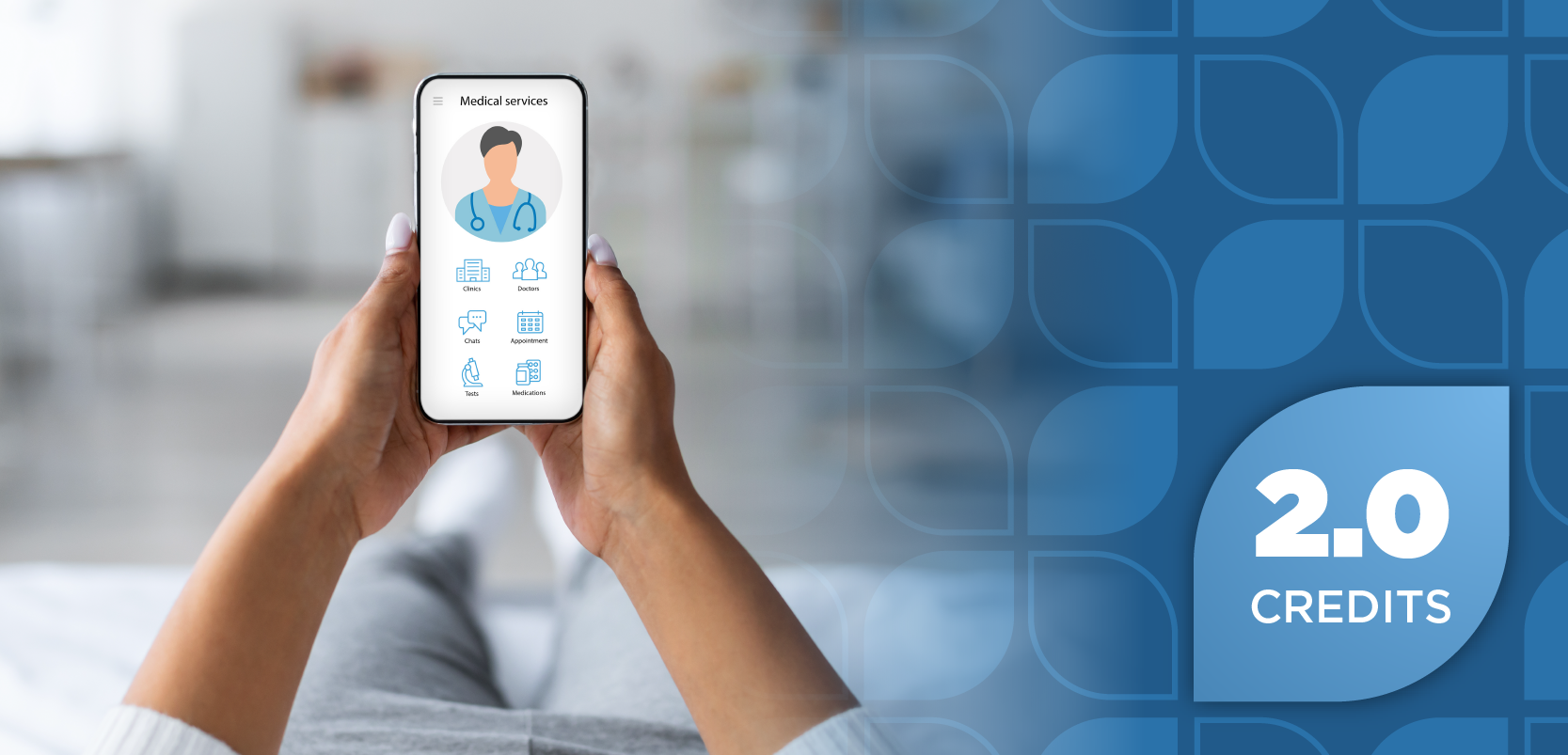|Videos|February 24, 2021
Exploring the Implementation of Quality Care Programs for Patients with Myeloproliferative Neoplasms
Author(s)Bruce Feinberg, DO
Kathy Oubre, MS
Kathy Oubre, MS
Bruce Feinberg, DO; Kathy Oubre, Michael Reff, RPh, MBA; Jamile M. Shammo, MD; and Ruben Mesa, MD, discuss the incorporation of quality care programs for improved disease management and patient care for MPNs.
Advertisement
Newsletter
Stay ahead of policy, cost, and value—subscribe to AJMC for expert insights at the intersection of clinical care and health economics.
Advertisement
Related Articles
 Rapid Therapeutic Effects Seen With a JAK Inhibitor
Rapid Therapeutic Effects Seen With a JAK InhibitorSeptember 17th 2025
 SALT Scoring for Alopecia Areata
SALT Scoring for Alopecia AreataSeptember 17th 2025
 The Potential Role of Screening for Atrial Fibrillation
The Potential Role of Screening for Atrial FibrillationSeptember 16th 2025
 Remote Patient Monitoring and Artificial Intelligence
Remote Patient Monitoring and Artificial IntelligenceSeptember 16th 2025
 Access, Adaptation, and Cost-Effectiveness in AD Treatment
Access, Adaptation, and Cost-Effectiveness in AD TreatmentSeptember 12th 2025
Latest CME
Advertisement
Advertisement
Trending on AJMC
1
West Coast Health Alliance Releases First Vaccine Guidelines, Aiming to Replace CDC Recommendations
2
Hospitals in Underserved Communities Less Likely to Adopt Health Information Technology
3
Cumulative Atropine Not Associated With Increased Risk of Ocular Events in Children With Myopia
4
Metabolic Issues More Common in Patients With HIV
5















































